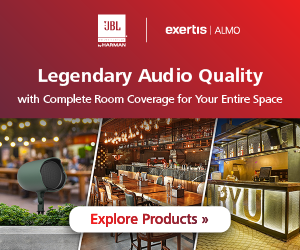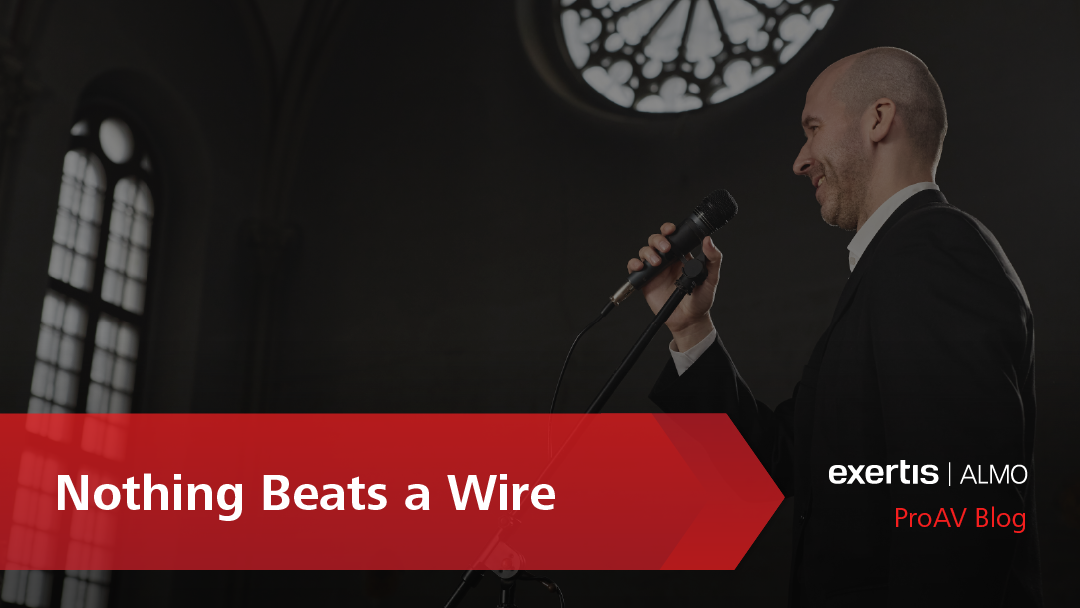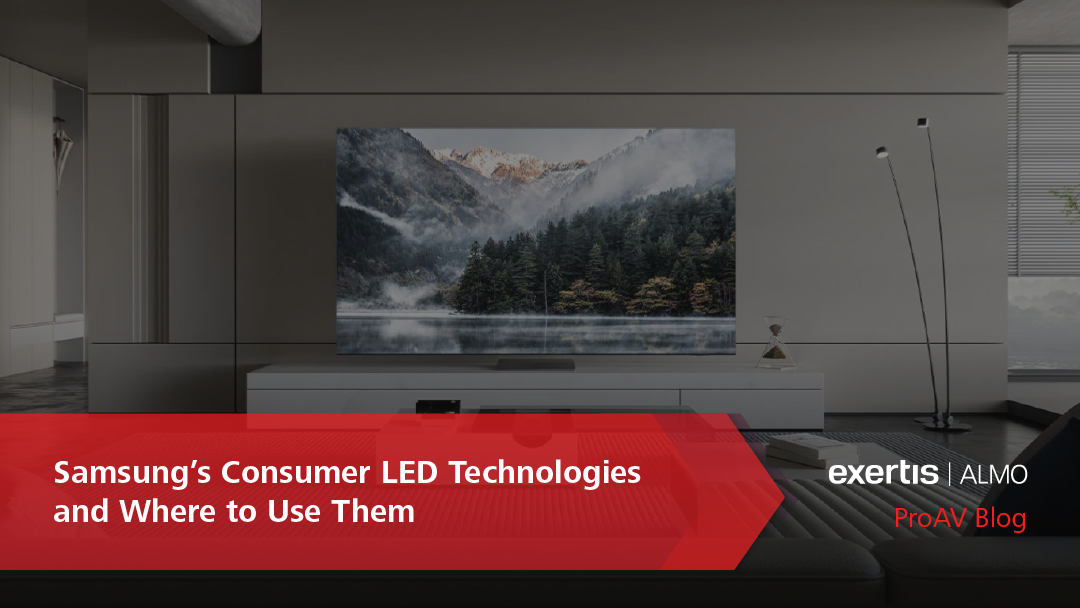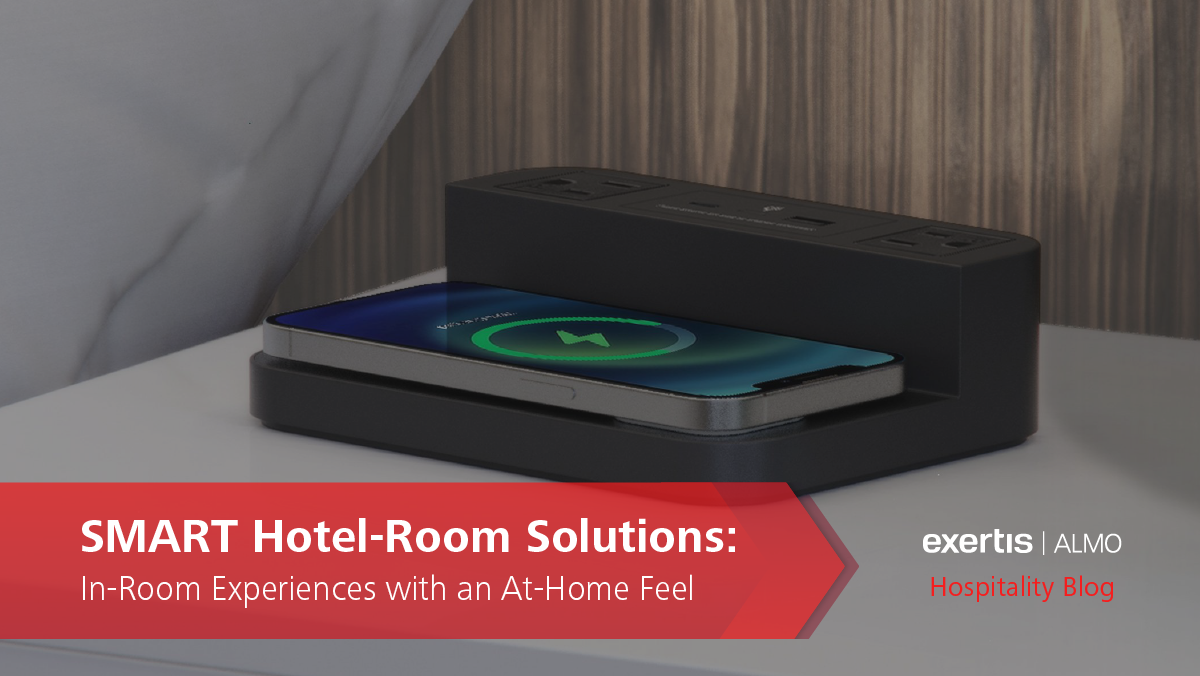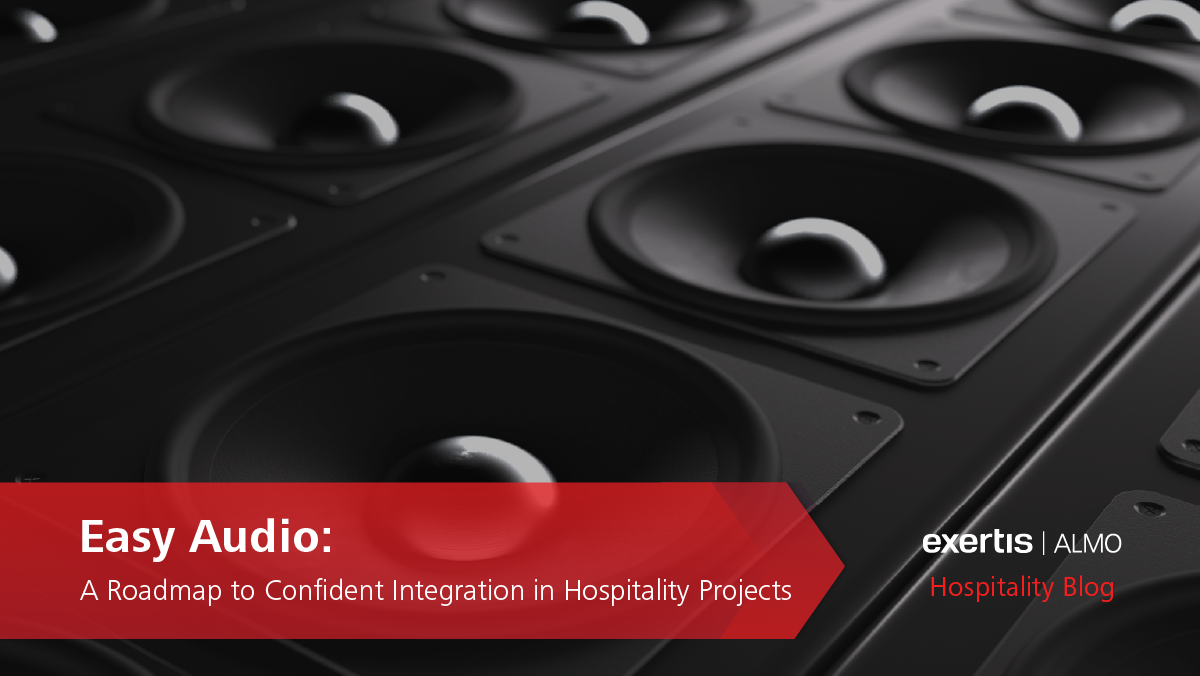
In the world of hospitality, incorporating audio into projects can often be seen as a daunting task. However, with a structured approach, focused on both the application and guests’ needs and preferences, the process can certainly become an opportunity for success. Rob Voorhees, CTS, CTP, DSCE, CTNS, Dante, BDM II – Technical Specialist at Exertis Almo, has shared with us some valuable insights on how to start incorporating sound into projects with ease. Let go through some of these tips together and turn any uncertainties into endless possibilities.
1. Understanding the Application and Customer’s Needs:
You can begin the audio integration journey by gaining a basic understanding of the application and the specific requirements of your customer. This involves asking targeted questions, much like you would for other components of a project. For example, inquire about the need for microphones, amplification for live bands or pianos, and sound systems. This initial step helps demystify the process and eliminates the “scary unknown.”
 2. Creating a Roadmap:
2. Creating a Roadmap:
To simplify the integration process you can create a roadmap that starts with the customer’s display or source. Consider how the content will be heard, which most likely requires speakers. These speakers require amplification, potentially involving a DSP (Digital Signal Processor) or mixer for sound control and tuning. Following this roadmap systematically guides you through the integration steps, instilling confidence in both you and your customer to provide a comfortable guest experience.
3. Selling Comfort and Confidence:
Recognize that many integrators may not be entirely comfortable with audio topics. Therefore, focus on selling comfort and confidence throughout the integration process. By breaking down the project into manageable steps and clearly defining each component, your not only simplifying the task at hand, but also assuring that your customers are fully informed and set up for success.
4. Knowing Your Resources:
One key to removing the unknown and building confidence is being aware of your available resources. Numerous vendors and sites, such as Harman Pro Training, offer online support made specifically to enhance your audio knowledge. Additionally, you can utilize any available design tools provided by audio vendors. For example, JBL’s Distribute System Design can assist in determining speaker quantity and required wattage for amplifiers based on specific dimensions. Need to know your sound reinforcement system will be free from feedback? Check out the Exertis Almo PAG-NAG calculator.
5. Utilizing Exertis Almo Support with Manufacturer Relationships:
For support beyond training and design tools, our BDM team acts as a direct connection to our manufacturer partners. From technical support and system design to product training and demo programs, our BDMs are here to assist you and to connect you with our manufacturers for additional help with designing a system or creating the ultimate Bill of Materials (BOM). If certain questions make you uncomfortable or if uncertainty arises, remember that Exertis Almo and our manufacturers are there to assist you and your customer. If you leverage your available resources correctly, then a successful audio integration is certainly achievable!
In conclusion, incorporating sound into hospitality projects doesn’t have to be a complex and intimidating process. With a structured approach, a clear roadmap, and a utilization of vendor resources, you can confidently navigate the world of audio integration, delivering exceptional results for both you and your customers!
Did you find this blog helpful?
Connect with Hospitality at Exertis Almo on LinkedIn, or visit Hospitality.ExertisAlmo.com


